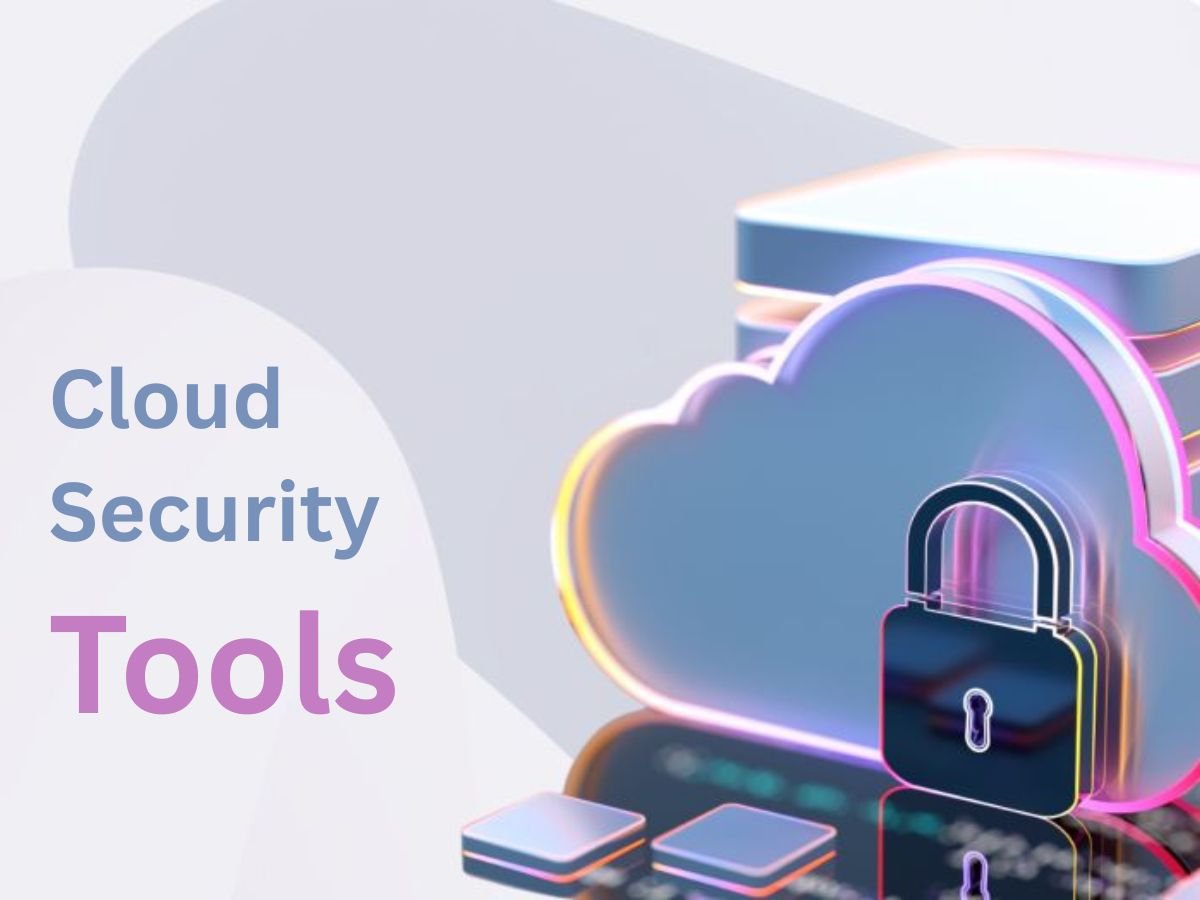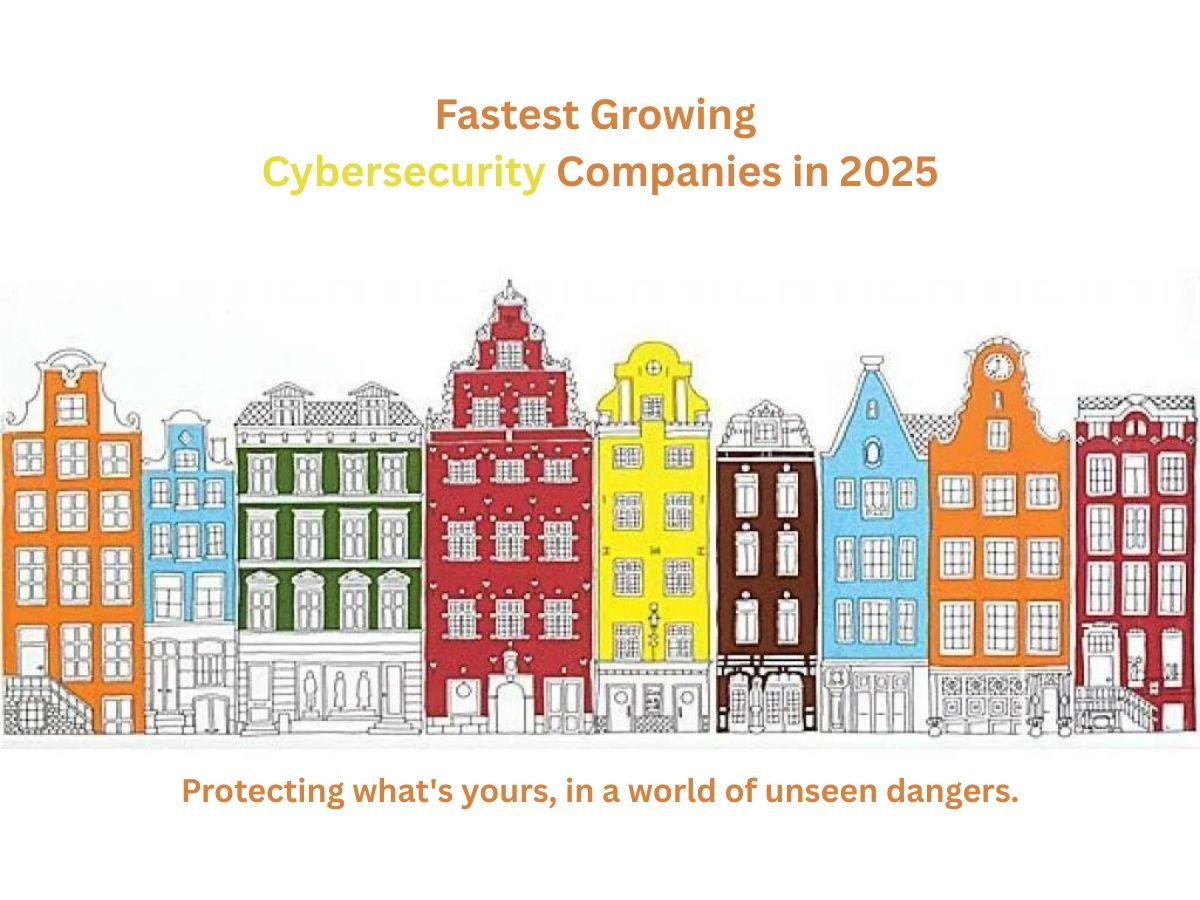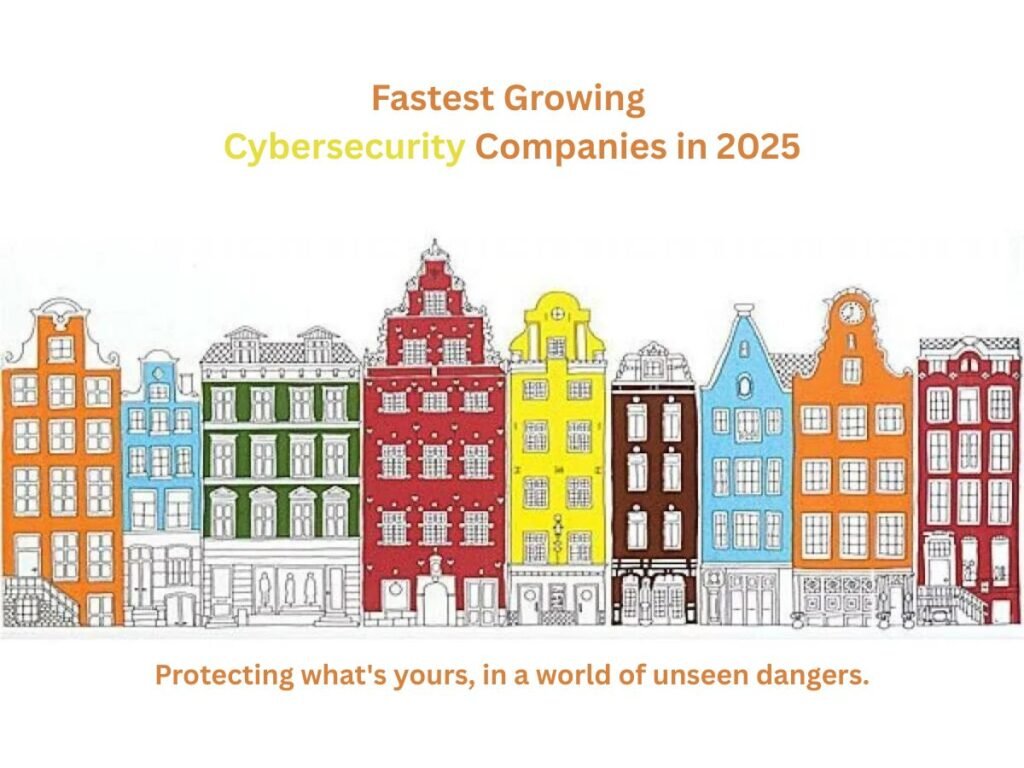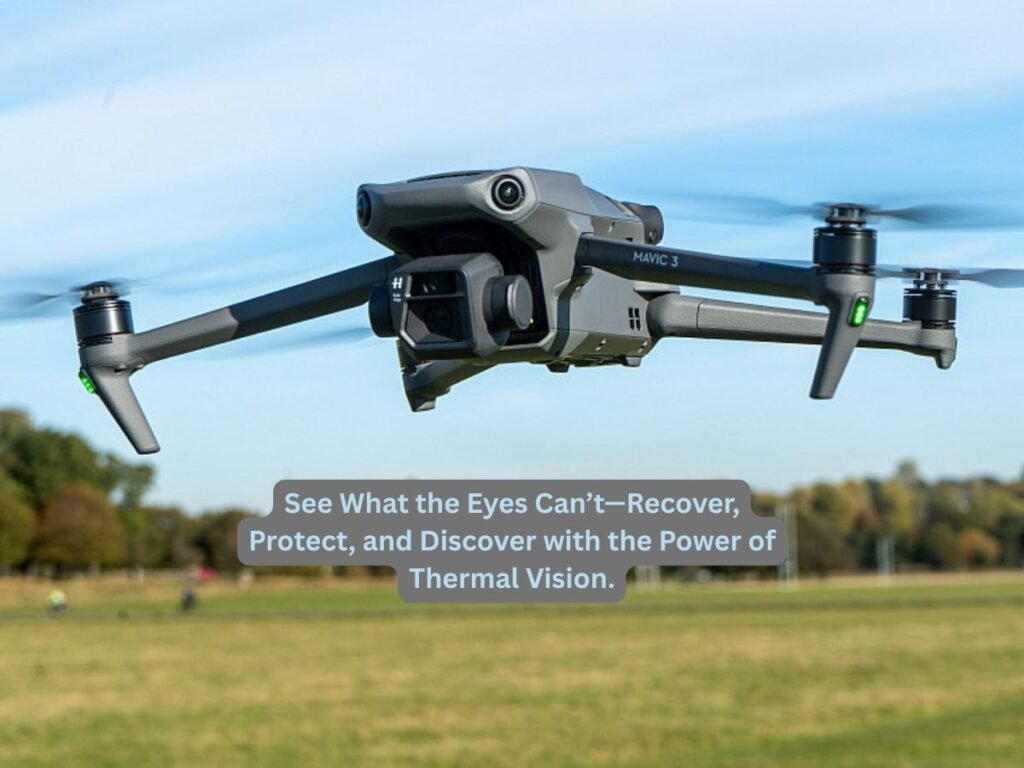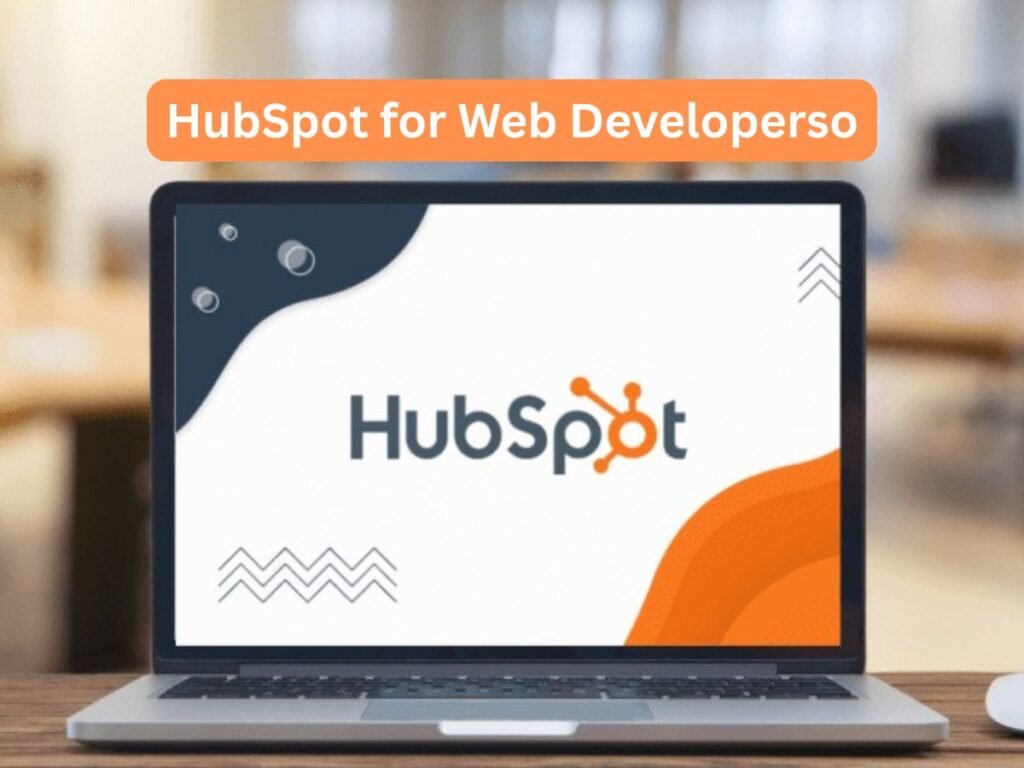In the rapidly evolving digital landscape, the adoption of cloud computing has become ubiquitous among organizations seeking scalability, flexibility, and cost-efficiency. However, this shift brings forth significant security challenges, necessitating robust cloud security tools and solutions to protect sensitive data, applications, and infrastructure. This comprehensive guide delves into various facets of cloud security, exploring key concepts, tools, and best practices to fortify your cloud environment.
Understanding Cloud Security
Cloud security encompasses a broad set of policies, technologies, and controls deployed to safeguard data, applications, and the associated infrastructure of cloud computing. It addresses critical concerns such as data breaches, data loss, and unauthorized access. Implementing effective cloud security measures ensures business continuity, compliance with regulations, and protection against emerging cyber threats.
Cloud Web Security
Cloud web security focuses on protecting web applications hosted in the cloud from threats like cross-site scripting (XSS), SQL injection, and Distributed Denial of Service (DDoS) attacks. These vulnerabilities can lead to unauthorized access, data theft, and service disruptions.
Example: Cloudflare offers comprehensive web security services, including DDoS protection and web application firewalls, ensuring that web applications remain secure and available.
Cloud Security Solutions
Cloud security solutions are integrated suites designed to provide end-to-end security across cloud environments, ensuring data integrity, confidentiality, and compliance. These solutions often combine multiple security functionalities to address various threats and vulnerabilities.
Example: Check Point CloudGuard delivers unified security for cloud-native applications, offering advanced threat prevention, automated compliance, and deep visibility into cloud deployments.
Cloud Data Security
Cloud data security pertains to measures and tools that protect data stored in the cloud from unauthorized access, breaches, and loss. It involves encryption, access controls, and data masking to ensure that sensitive information remains confidential and intact.
Example: Netwrix Data Classification helps organizations identify, classify, and secure sensitive data across cloud repositories, facilitating compliance and reducing the risk of data breaches.
Cloud Security Services
Cloud security services provide specialized security functions tailored for cloud environments, such as identity management, threat detection, and incident response. These services enable organizations to extend their security capabilities without significant on-premises infrastructure investments.
Example: AWS Identity and Access Management (IAM) enables secure control over AWS service access, allowing organizations to manage users and permissions effectively.
Cloud Network Security
Cloud network security involves protecting the cloud network infrastructure from threats, ensuring secure data transmission, and implementing robust access controls. It encompasses firewalls, intrusion detection systems, and virtual private networks (VPNs) to safeguard network traffic.
Example: Cisco CloudLock provides cloud-native cybersecurity solutions, focusing on securing cloud networks and applications through advanced analytics and automated threat detection.
Cloud Computing Security
Cloud computing security is a broad term that encompasses all security measures and tools designed to protect cloud computing environments. It addresses concerns related to data protection, compliance, and threat management across various cloud service models.
Example: Microsoft Azure Security Center offers unified security management and advanced threat protection across hybrid cloud workloads, enabling organizations to detect and respond to threats in real-time.
Cloud Security Tools
Cloud security tools are specific applications or platforms designed to address particular security challenges within cloud environments. They provide functionalities such as vulnerability scanning, intrusion detection, and compliance monitoring.
Example: Qualys provides cloud-based security and compliance solutions, including vulnerability management and policy compliance, helping organizations maintain a robust security posture.
Cloud Security Posture Management Tools
Cloud Security Posture Management (CSPM) tools assist in maintaining and improving the security posture of cloud environments by identifying and rectifying vulnerabilities and misconfigurations. They offer continuous monitoring and automated remediation capabilities.
Example: Wiz offers a comprehensive platform for cloud security posture management, enabling organizations to visualize and mitigate risks across their cloud infrastructure.
Cloud Native Security Tools
Cloud native security tools are designed specifically for cloud-native applications, ensuring that security is integrated throughout the application lifecycle. They address the unique challenges posed by microservices architectures, containers, and serverless computing.
Example: Palo Alto Networks Prisma Cloud provides security for applications, data, and the entire cloud-native technology stack, offering capabilities such as vulnerability management and compliance enforcement.
Cloud Security Monitoring Tools
Cloud security monitoring tools continuously monitor cloud environments for suspicious activities, ensuring real-time threat detection and response. They provide visibility into user activities, network traffic, and system configurations.
Example: CrowdStrike Falcon offers cloud-native endpoint protection with real-time threat detection capabilities, leveraging artificial intelligence to identify and mitigate threats swiftly.
Cloud Security Assessment Tools
Cloud security assessment tools evaluate the security measures of a cloud environment, identifying vulnerabilities and providing recommendations for improvement. They assist organizations in understanding their security posture and achieving compliance with industry standards.
Example: Trend Micro Cloud One – Conformity assesses cloud infrastructure for compliance and security best practices, offering actionable insights to enhance security configurations.
Real-World Case Studies and Examples
AWS – Netflix Case Study
Netflix, the world’s leading streaming platform, leverages AWS extensively for its cloud infrastructure. With AWS Identity and Access Management (IAM) and Security Hub, Netflix manages millions of user sessions securely every day. By using IAM policies and security best practices, Netflix ensures that only the right resources are accessible to services and developers, preventing internal privilege escalations. Moreover, Netflix implemented automated incident response through AWS Lambda functions integrated with Security Hub alerts, showcasing a real use of cloud security automation.
Wiz – Fox Corporation Case Study
Fox Corporation, known for its media and broadcast operations, adopted Wiz for complete visibility across its cloud infrastructure on Azure and GCP. Fox struggled with blind spots in cloud asset management and configuration drift. By implementing Wiz’s agentless CNAPP platform, they uncovered 50+ critical risks in the first 48 hours, many involving unused credentials and exposed containers. The company significantly reduced its remediation time by over 40% using Wiz’s risk prioritization engine and CSPM capabilities.
CrowdStrike – Hyatt Hotels
Global hospitality brand Hyatt Hotels experienced significant improvements in threat detection and response after deploying CrowdStrike Falcon. With operations in over 60 countries, Hyatt needed a scalable, cloud-native security tool. CrowdStrike provided real-time monitoring across endpoints, detected lateral movement threats, and protected cloud-based POS systems from malware attacks. Hyatt reported a reduction in attack dwell time and faster incident triage using Falcon’s automated playbooks.
Microsoft Azure Security – Heineken Case Study
Heineken, the Dutch brewing company, used Azure Security Center and Microsoft Defender for Cloud Apps to monitor workloads and enforce compliance across their global IT environments. With over 180 locations worldwide, managing regulatory standards was a challenge. Azure’s tools provided unified visibility and proactive compliance reporting, helping Heineken reduce their global security management overhead and strengthen GDPR compliance.
Palo Alto Prisma Cloud – Siemens
Siemens, the German multinational conglomerate, implemented Palo Alto Networks’ Prisma Cloud to protect its development pipelines and container environments. They integrated Prisma Cloud into their CI/CD workflows, enabling real-time scanning of IaC templates and containers. This helped developers fix issues at the code stage and dramatically reduced misconfiguration incidents. Prisma Cloud’s cloud-native focus aligned with Siemens’ shift toward microservice architectures.
Detailed Overview of Specific Cloud Security Tools
Cloud-Native Application Protection Platform (CNAPP)
A Cloud-Native Application Protection Platform (CNAPP) is a unified security solution designed to address the entire lifecycle of cloud-native applications, from development through to production. Unlike traditional security tools that operate in silos, CNAPPs integrate a range of functionalities including vulnerability management, compliance checks, identity management, and runtime protection. These platforms are built to address the complexities of cloud-native architectures such as containers, serverless computing, and microservices, which traditional security approaches often fail to protect adequately. One notable CNAPP example is Check Point CloudGuard CNAPP, which delivers comprehensive cloud-native security by combining cloud security posture management (CSPM), workload protection (CWPP), and serverless protection in a unified interface. This allows security teams to identify misconfigurations, monitor risks, and automate remediation across multi-cloud environments with minimal friction.
Amazon Web Services (AWS)
Amazon Web Services (AWS) is one of the most widely adopted cloud platforms, and it offers a vast portfolio of security tools and services built into its infrastructure. AWS emphasizes a shared responsibility model, meaning that while AWS secures the infrastructure, customers are responsible for securing their data and applications. AWS provides tools like AWS Security Hub for centralized security posture management, Amazon Macie for sensitive data discovery, and AWS IAM for managing access to resources. These services integrate seamlessly, giving organizations the visibility and control they need to ensure security and compliance. Security in AWS can be extended with third-party tools, but AWS native security services already cover a substantial range of use cases including identity management, logging, encryption, and monitoring.
Cloud Access Security Broker (CASB)
A Cloud Access Security Broker (CASB) acts as a gatekeeper between cloud service users and cloud applications. It enforces security policies, monitors user activity, and ensures data compliance by providing granular visibility and control. CASBs are essential for companies using SaaS applications like Google Workspace, Salesforce, or Microsoft 365. One widely used CASB is Microsoft Defender for Cloud Apps, which helps organizations identify shadow IT, assess risk levels, and set automated controls for data leakage prevention. CASBs integrate with existing security architectures and offer features such as tokenization, real-time access control, and malware detection to reduce the risk associated with cloud application usage.
Cato Networks
Cato Networks offers a modern, cloud-native Secure Access Service Edge (SASE) platform, which merges network and security services into a single cloud-delivered solution. Unlike traditional network security solutions, Cato Networks’ platform provides global access optimization, zero-trust security, and real-time traffic inspection. It’s particularly effective for companies operating across multiple geographical locations or using a hybrid workforce. Cato’s solution includes next-gen firewalls, secure web gateways, and advanced threat prevention mechanisms, all delivered from the cloud with minimal latency. The platform’s architecture ensures seamless scalability and reduces the complexity associated with managing distributed network infrastructures.
Check Point Software Technologies
The Check Point is a well-established cybersecurity provider known for delivering advanced threat prevention solutions across various environments, including cloud, network, endpoint, and mobile. Check Point’s CloudGuard suite is purpose-built for cloud security, offering solutions for posture management, container security, serverless protection, and application security. CloudGuard’s strength lies in its ability to integrate with leading cloud providers like AWS, Azure, and Google Cloud, and deliver real-time threat intelligence powered by Check Point’s ThreatCloud database. It simplifies compliance and delivers automated security controls that scale with your cloud environment, providing a consistent security posture across multi-cloud architectures.
Cloud Infrastructure Entitlement Management (CIEM)
Cloud Infrastructure Entitlement Management (CIEM) tools are designed to manage and monitor identity permissions across multi-cloud environments. These tools help prevent privilege escalation and ensure that identities and roles are operating under the principle of least privilege. Over-provisioned permissions are a major cause of security breaches in the cloud. Netwrix Privilege Secure is a notable example, offering automated entitlement discovery and risk-based access reviews. CIEM tools are increasingly vital as organizations adopt complex identity hierarchies across cloud services and need to track permission sprawl, shadow access, and compliance violations with precision and automation.
Cisco CloudLock
Cisco CloudLock is a cloud-native CASB that secures users, data, and applications across various SaaS, PaaS, and IaaS environments. The platform leverages machine learning to detect anomalies and protect sensitive information from exposure. CloudLock excels in use cases such as user behavior analytics, insider threat detection, and OAuth app control. It integrates with popular cloud platforms like Google Workspace, Microsoft 365, and Salesforce. The key benefit of CloudLock is its API-driven approach, which enables quick deployment and granular visibility without the need for heavy network configurations. Organizations use CloudLock to ensure data compliance with regulations like GDPR, HIPAA, and SOC 2.
Cloud Compliance
Cloud compliance involves ensuring that your cloud configurations and usage meet the standards set by regulatory bodies such as ISO, GDPR, HIPAA, and PCI-DSS. Non-compliance can result in hefty fines and reputational damage. Tools like Qualys Compliance Suite automate the process of assessing, reporting, and remediating compliance gaps across cloud environments. Cloud compliance tools often include templates and benchmarks that align with global regulations, making it easier to track and enforce policies. They also integrate with DevOps pipelines to ensure that compliance is maintained from code to production. With cloud adoption surging, cloud compliance is no longer optional—it is an operational necessity.
CrowdStrike
CrowdStrike is a leading provider of endpoint protection and threat intelligence, offering cloud-native solutions that prevent breaches through behavioral analytics, AI, and real-time monitoring. Its Falcon platform provides visibility into cloud workloads and containers, identifying threats and vulnerabilities before they cause harm. It’s particularly effective in hybrid cloud environments where traditional endpoint protection tools fall short. CrowdStrike also supports workload security for AWS, Azure, and Google Cloud, providing contextual threat alerts and forensic insights. It’s widely used by security teams for incident response and proactive threat hunting across large-scale cloud environments.
Cloud Workload Protection Platform (CWPP)
CWPPs are designed to secure workloads—whether they run on VMs, containers, or serverless instances—in dynamic cloud environments. These platforms provide runtime protection, image scanning, and behavioral monitoring. Trend Micro Workload Security is a comprehensive CWPP offering anti-malware, firewall, integrity monitoring, and intrusion prevention for cloud workloads. CWPPs are essential for ensuring that applications running in cloud environments are protected from known and unknown threats. They also support compliance by monitoring configurations and policies across workload types and environments, reducing the risk of vulnerabilities in production.
Dynamic Application Security Testing (DAST)
DAST tools simulate attacks on running applications to find vulnerabilities from an external perspective. These tools are essential in DevSecOps pipelines, allowing developers to fix security issues before deployment. OWASP ZAP and Burp Suite are popular open-source DAST tools, though enterprise-grade solutions offer deeper integration and automation. DAST complements SAST (Static Application Security Testing) by finding issues that only appear at runtime. In cloud environments, DAST tools are used to test APIs, microservices, and web applications for security weaknesses that could be exploited by attackers.
Google Cloud Security Command Center
Google Cloud Security Command Center (SCC) is a native security and risk management platform for GCP. It provides centralized visibility into assets, vulnerabilities, and threats across your Google Cloud infrastructure. SCC enables security teams to detect misconfigurations, identify suspicious activity, and maintain compliance. The platform integrates with other Google services and third-party tools to offer holistic protection. It’s particularly useful for organizations that are fully committed to the Google Cloud ecosystem, as it offers tight integration with other Google-native tools like Cloud Audit Logs and Identity-Aware Proxy.
Infrastructure as Code (IaC) Security Overview
Infrastructure as Code (IaC) allows teams to automate cloud infrastructure provisioning using code. While IaC boosts productivity, it also introduces risks if not properly managed. IaC security involves scanning code templates (like Terraform, CloudFormation) for misconfigurations and vulnerabilities before deployment. Tools like SpectralOps and Checkov analyze IaC for hardcoded secrets, open ports, and privilege escalations. Securing IaC is vital to prevent configuration drift, enforce compliance, and reduce human error. Organizations must integrate IaC scanning into their CI/CD pipelines to detect issues early and enforce consistent security policies across deployments.
FAQs
Cloud security is a discipline focused on protecting cloud computing environments through a combination of tools, policies, and best practices. It ensures the confidentiality, integrity, and availability of data and applications hosted in the cloud, mitigating risks like data breaches, DDoS attacks, and unauthorized access.
When evaluating cloud security, prioritize visibility, compliance, identity management, data protection, and integration with your existing toolset. Look for solutions that support your specific cloud provider and offer continuous monitoring, automated remediation, and centralized control.
Cloud security is essential for protecting sensitive business data, ensuring compliance with legal and industry regulations, and maintaining customer trust. As cyber threats grow in complexity, businesses must adopt proactive cloud security strategies to stay resilient and competitive.
Traditional security focuses on securing physical infrastructure and on-premises assets, while cloud security addresses the dynamic, scalable, and shared nature of cloud environments. Cloud security requires more automation, policy enforcement, and integration due to its distributed and ephemeral nature.
Yes, cloud-native security tools are purpose-built to handle the elasticity and architecture of cloud environments. They offer better scalability, integration, and automation, making them ideal for modern applications and DevOps workflows.
Read About: Among Us
